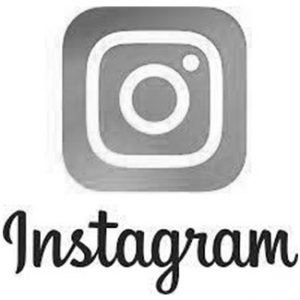What is a micro-influencer? How many subscribers do you need to become one?
You become a micro-influencer from the moment you gather 5,000 subscribers or followers on your social network. But the function is far from just a question of numbers. Some very competitive areas, such as fashion, food, and lifestyle, require at least 100,000 subscribers before they begin to interest leading brands, whose appetite for these niche communities is growing. The proof is there: in 2018, 52% of brands had increased their influence marketing budget compared to 2017. By 2019, 74% had done the same. So is micro-influencer social media the new holy grail for e-commerce? Undoubtedly…
Micro-influence: The super power of prescription?
If 90% of consumers say that they rely on other consumers’ recommendations, only 33% say that they trust traditional advertising. On this basis, it’s open season in the hunt for micro-influencers! Beauty Youtubers expert in the art of false nail fitting, Instagrammers who test climbing equipment, parent bloggers who have dyspraxic children… Social networks have enabled everyone to express their enthusiasm or share their experience in very specific, even specialised fields, which creates real niches. Having become an expert – and being perceived as one by their community – the micro-influencer now has only one small step to take to become a micro-distributor or micro-retailer.
From micro-influencer to micro-retailer
With this power of prescription, micro-influencers are increasingly becoming micro-retailers. So, if these new players represent only a relatively small number of loyal followers or subscribers, this weakness is largely offset by a very strong level of commitment… that, in the end, few brands manage to generate. So, is this an epiphenomenon or maxi-competition for the brands? Rather than being in competition, the solution may lie in association… only time will tell.

